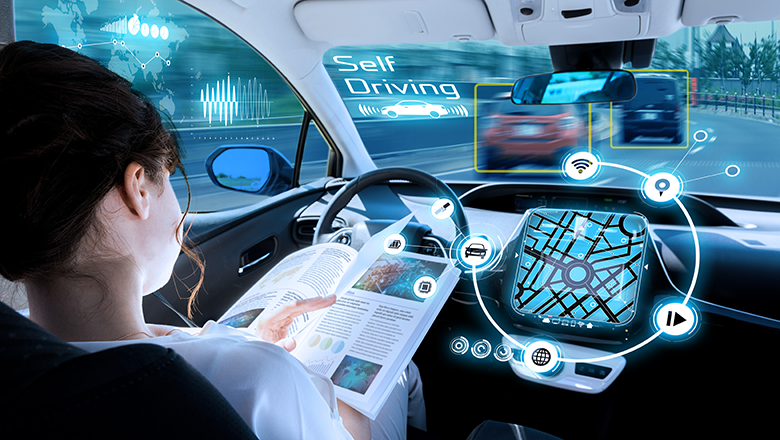- cross-posted to:
- [email protected]
- cross-posted to:
- [email protected]
Driverless cars worse at detecting children and darker-skinned pedestrians say scientists::Researchers call for tighter regulations following major age and race-based discrepancies in AI autonomous systems.



LiDAR doesn’t see skin color or age. Radar doesn’t either. Infra-red doesn’t either.
LiDAR, radar and infra-red may still perform worse on children due to children being smaller and therefore there would be fewer contact points from the LiDAR reflection.
I work in a self driving R&D lab.
How about skin color? Does darker skin reflect LiDAR/infrared the same way as light skin?
Infrared cameras don’t depend on you reflecting infrared. You’re emitting it.
All matter emits light; the frequencies that it’s brightest in depend on the matter’s temperature. Objects around human body temperature mostly glow in the long-wave infrared. It doesn’t matter what your skin color is; “color” is a different chunk of spectrum.
Sorry, I misunderstood. I know about all that, I just thought it meant active infrared lighted cameras. So basically, an IR light on the car, illuminating the road ahead, and then just using a near-IR camera like a regular optical camera.
I didn’t think it meant a far-IR camera passively filming black body radiation, because I thought the resolution (both spacially and temporally) of these cameras is usually really low. Didn’t think they were fast and high-res enough to be used on cars.
Would you be willing to share some neato stuff about your job with us?
That’s a fair observation! LiDAR, radar, and infra-red systems might not directly detect skin color or age, but the point being made in the article is that there are challenges when it comes to accurately detecting darker-skinned pedestrians and children. It seems that the bias could stem from the data used to train these AI systems, which may not have enough diverse representation.
The main issue, as someone else pointed out as well, is in image detection systems only, which is what this article is primarily discussing. Lidar does have its own drawbacks, however. I wouldn’t be surprised if those systems would still not detect children as reliably. Skin color wouldn’t definitely be a consideration for it, though, as that’s not really how that tech works.
Ya hear that Elno?
Do lidar and infrared work equally on white and black people? Both are still optical systems, and I don’t know how well black people reflect infrared light.
Seriously no pun intended: infrared cameras see black-body radiation, which depends on the temperature of the object being imaged, not its surface chemistry. As long as a person has a live human body temperature, they’re glowing with plenty of long-wave IR to see them, regardless of their skin melanin content.
I thought we were talking about near-IR cameras using active illumination (so, an IR spotlight).
I didn’t think low-wave IR cameras are fast enough and have enough resolution to be used on a car. Every one I have seen so far gives you a low-res low-FPS image, because there just isn’t enough long-wave IR falling into the lens.
You know, on any camera you have to balance exposure time and noise/resolution with the amount of light getting into the lens. If the amount of light decreases, you have to either take longer exposures (->lower FPS), decrease the resolution (so that more light falls onto one pixel), or increase the ISO, thereby increasing noise. Or increase the lens diameter, but that’s not always an option.
And since long-wave IR has super little “light”, I didn’t think the result would work for cars, which do need a decent amount of resolution, high FPS and low noise so that their image recognition algos aren’t confused.